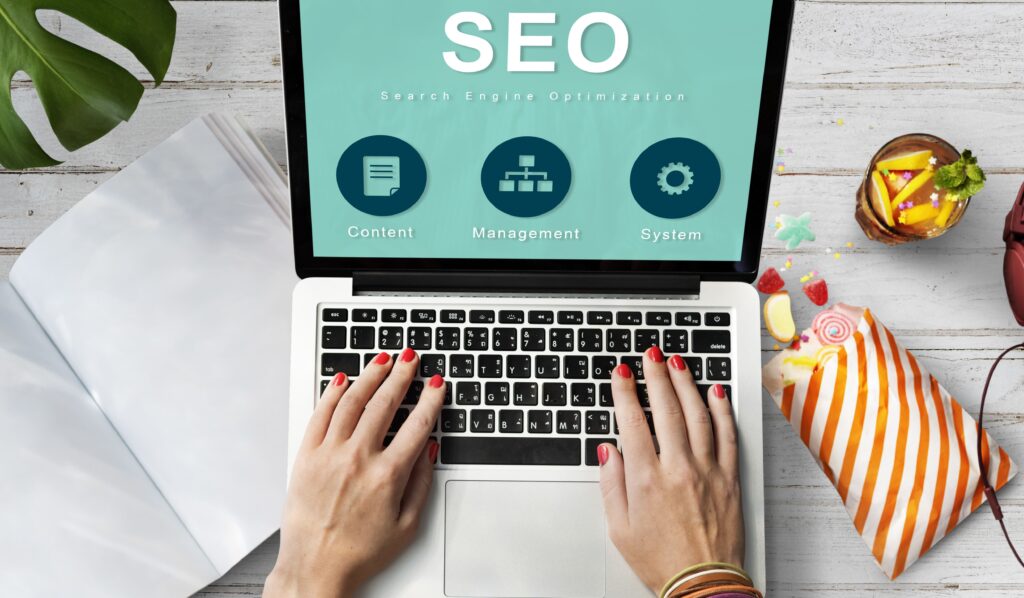For more than a decade, Amazon Prime shipping has shaped consumer expectations in online shopping by being reliable, quick, and bundled in a subscription model that revolutionized online shopping. However, Amazon is ending the Prime Invitee Program on October 1, 2025, which was one of its most flexible advantages.
Through this program, Prime members were able to offer their free two-day delivery to individuals outside their household. The Amazon Family program is now removing that option in favor of more stringent restrictions.
For Amazon sellers, e-commerce entrepreneurs, and supply chain experts, this isn’t just another headline. This change affects customer acquisition, Prime membership growth, fulfillment costs, and subscription economics. Let’s examine what’s changing, why it matters, and how your business can benefit from it.
Amazon To End Prime Invitee Program On October 1, 2025: Key Dates For Sellers
Recently, Amazon commenced informing Prime Invitees that: The program would formally end on October 1, 2025. By September 5, 2025, notices will be sent to invitees who are currently enjoying shared Prime access.
Why this is significant for vendors and sellers:
- The Invitee Program increased the number of Prime members by enabling devoted users to recommend friends or family who lived outside of their home.
- Without it, Amazon Prime shipping benefits will only be available to paying members, which would concentrate demand among higher-value clients.
- Sellers can expect a change in buyer behavior and order volume for Q4, which includes holiday e-commerce peaks.
Why Amazon Is Restricting Prime Free Shipping To Same-Household Members
In the past, Prime permitted one extra adult to benefit from two-day delivery, even if they lived at a different address. As a result, there was a group of infrequent users who benefited from the features without actively boosting the number of Prime members.
Amazon has now made a clear statement:
- Benefits can only be shared by people who live at the same residential address as the account holder.
- The action lowers “free riders” who were increasing last-mile delivery and fulfillment expenses without bringing in additional money.
- Amazon’s 2025 Q2 earnings revealed fulfillment expenses of over $117 billion, highlighting the importance of efficiency.
For sellers, this means that while the casual buyer segment is dwindling, the Prime customer base will be more devoted.
U.S. Prime Membership Signups Fall Short Ahead Of Prime Day 2025
One of the main drivers of this policy change is membership performance. In the run-up to Prime Day 2025 (July 8–11), U.S. Prime signups were lower than 2024 figures and Amazon’s internal estimates, according to Reuters.
Why is this significant:
- The largest source of new members for Amazon is Prime Day sales.
- Amazon is under pressure to strengthen its subscription economy model due to a slowdown in adoption in the United States.
- Sellers should concentrate on conversion optimization and potentially international channels because low U.S. signups may result in slower growth in Prime-driven purchases.
Internal records showed that U.S. signups fell short of both last year’s figures and company goals, despite Amazon’s attempts to increase Prime membership growth during its four-day Prime Day sales event in July 2025 (Reuters, 2025). This slowdown emphasizes how difficult it is becoming to maintain domestic Prime adoption, even as international markets continue to produce record-breaking outcomes.
Amazon Counters With Record-Breaking Global Prime Signups Despite U.S. Slowdown
Amazon emphasized that the number of Prime members worldwide is at an all-time high, even in the face of poorer domestic results. Global sign-ups hit previously unheard-of heights during Prime Day and the weeks preceding it.
Key takeaways for businesses:
- These days, Amazon is a global growth engine, especially in developing e-commerce markets like Europe, Brazil, and India.
- To capitalize on this momentum, sellers ought to investigate cross-border e-commerce logistics opportunities.
- Over the next five years, scaling will require a robust retail supply chain strategy that can meet global demand.
From Prime Invitee To Amazon Family: New Rules For Sharing Shipping Benefits
Amazon is extending the Amazon Family option to take the place of the Invitee Program. Members had begun to share their subscription with the following from April 7, 2025:
- An extra adult
- As many as four kids
- A maximum of four teenagers
Each member is required to have the same home address, which is the location where they spend most of their time.
For vendors, this signifies:
- The benefits will be concentrated in family-friendly shopping habits, increasing categories such as household goods, family products, and groceries.
- More consistent and consolidated orders should be anticipated in e-commerce logistics planning.
- The Prime shipping ecosystem no longer includes occasional buyers who once used Invitee access.
What The End Of Shared Prime Shipping Means For E-Commerce Sellers And Logistics Leaders
The end of shared Prime shipping comes with opportunities and risks.
- Smaller Buyer Pool: Short-term declines in order volume from removed invitees.
- Better Quality Prime Users: Core members are devoted and spend $1,400 a year on average, while non-Prime shoppers spend $600 (Statista, 2025).
- More Predictable Fulfillment: Reduced variability leads to more efficient last-mile delivery for logistics managers and sellers.
- Competitive Edge Through Optimization: Companies that make investments in advanced supply chain management, retail operations, and Amazon DSP advertising will thrive and do better.
This policy emphasizes how critical it is for retail managers and supply chain executives to be flexible and data-driven when reacting to changes in the subscription model.
Final Comments: Make Your Amazon Strategy Future-Proof With MetroMax BPM
Amazon’s crackdown on Prime shipping sharing is more than just a membership update; it’s a change in the subscription economy that will impact supply chain optimization, e-commerce logistics, and Prime membership growth. Quickly adapting sellers and vendors will benefit more from Amazon’s changing clientele.
We at MetroMax BPM are experts at assisting logistics operators, DSP advertisers, and Amazon sellers in confidently navigating these changes. Our team offers the strategies and execution you need to succeed, from Amazon DSP campaigns to last-mile delivery solutions and retail operations management.
Don’t let change surprise you. Connect with MetroMax BPM right now, and together, we can grow your company in the Amazon Prime era.














